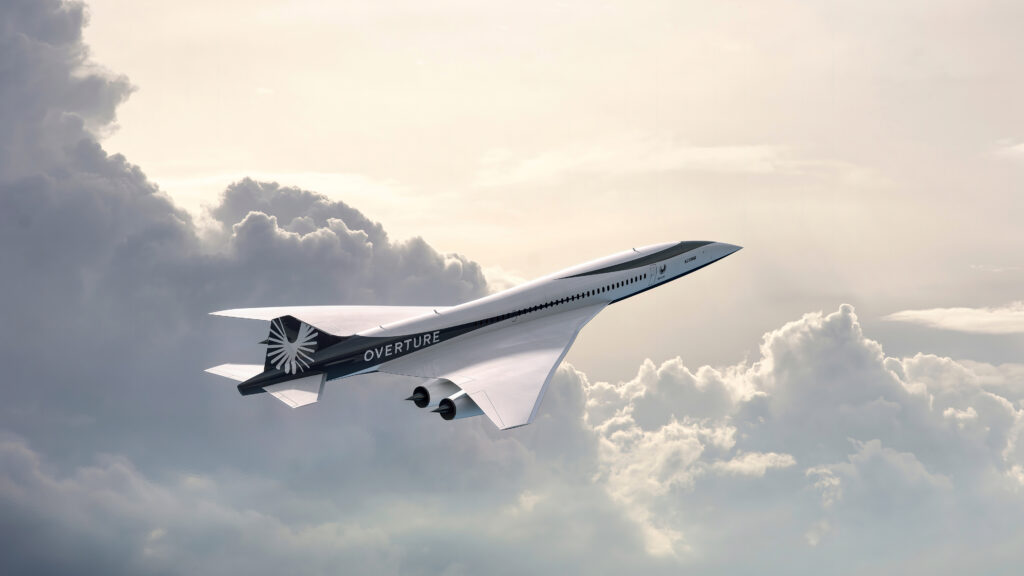The idea of flying faster than the speed of sound has long been a dream of aviation enthusiasts. In the early 1960s, that dream became a reality with the introduction of the Concorde, a supersonic passenger jet that could travel from London to New York in just three hours.
However, the Concorde was expensive to operate and only a few airlines were willing to fly it. As a result, the Concorde was retired in 2003.
In recent years, there has been renewed interest in supersonic flight. Several companies are now developing new supersonic passenger jets that are expected to be more efficient and affordable than the Concorde. These new jets could make supersonic travel a reality for a wider range of people.
One of the companies leading the development of new supersonic passenger jets is Boom Supersonic.
Boom’s Overture jet is designed to fly at speeds of up to Mach 1.7, or about 1,300 miles per hour. That’s twice as fast as the speed of sound.
The Overture jet is expected to have a range of about 4,500 miles, which would allow it to fly from New York to London in just three and a half hours.

[monsterinsights_popular_posts_inline]
Boom is not the only company working on a new supersonic passenger jet. Other companies, such as Aerion and Spike Aerospace, are also developing supersonic jets.
It is still too early to say which company will be the first to bring a new supersonic passenger jet to market. However, it is clear that the days of supersonic flight are not over.

The Benefits of Supersonic Flight
There are a number of benefits to supersonic flight. First, it can significantly reduce travel time. For example, a flight from New York to London that currently takes seven hours could be reduced to just three and a half hours with a supersonic jet.

This could make it possible to do business in multiple time zones in the same day.
Second, supersonic flight can open up new travel opportunities. For example, a supersonic jet could make it possible to fly from New York to Sydney in just 20 hours. This would allow people to visit far-off destinations that are currently out of reach.
Third, supersonic flight can create new jobs. The development and operation of supersonic jets will require a skilled workforce. This could create new opportunities for engineers, pilots, and other aviation professionals.
The Challenges of Supersonic Flight
There are also a number of challenges to supersonic flight. First, supersonic jets create a sonic boom when they break the sound barrier. This sonic boom can be disruptive to people on the ground, and it can also damage property.
Second, supersonic jets are more expensive to operate than subsonic jets. This is because they require more fuel and have higher maintenance costs.
Third, supersonic jets are more complex to design and build than subsonic jets. This makes them more difficult to develop and certify.
The Future of Supersonic Flight
Despite the challenges, there is a good chance that we will see commercial supersonic flight in the near future.
The companies that are developing new supersonic jets are confident that they can overcome the challenges and make supersonic flight a reality for a wider range of people.
It is still too early to say when commercial supersonic flight will become a reality. However, it is clear that the technology is there and that there is a demand for it.
If the companies that are developing new supersonic jets are successful, we could see supersonic travel become a common part of our lives in the next decade or two.









